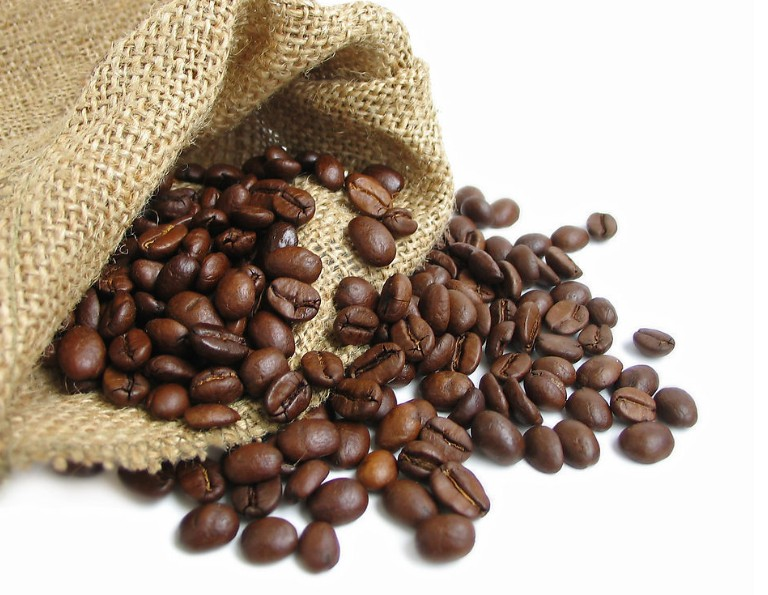Light milky flavor of Puerto Rico Larez Yaoke Coffee Flavor Manor
On September 23, 1869, the people of Puerto Rico, led by R. Emétrio Betancés, staged an uprising in the town of La Rez (known as the "La Rez Voice"). On September 24, they declared the establishment of a republic, which was suppressed by Spanish colonial forces. After a long struggle, Puerto Rico was finally granted the right to local autonomy by Spain. However, only one year elapsed between this time and the island becoming an American colony after the Spanish-American War. [4]
In 1898 the Spanish-American War broke out and Spain was defeated. According to the Treaty of Paris, Puerto Rico was ceded to the United States. The administrative authority of the United States over Puerto Rico first took the form of a military government. During its two years of rule over the island, the military government built schools, roads, railways, hospitals and health facilities. In 1900, the United States Congress established civilian control over the island. The President of the United States appoints the Governor, Cabinet and one of the two houses of Puerto Rico's legislature. Puerto Rico elects the other house of the legislature and a capital-based commissioner who will represent the island's interests in Washington and have a voice but no vote in Congress. Puerto Rico is also exempt from paying United States taxes.
In 1917, Congress passed the Jones Act, imposing "American citizenship" on the people of Puerto Rico.
In 1937, the people of Puerto Rico staged an independence uprising in Ponce, led by P. Albizu Campos, leader of the Nationalist Party of Puerto Rico, but it was suppressed again.
In 1947, the United States Congress allowed an elected governor to Yauco, an area of 176.5 square kilometers in southern Poland, named for the production of Tainos, but residents prefer to call themselves la Ciudad del Café (City of Coffee) and la Capital Taína (Center of Tainos). In the 1960s, immigrants from Corsican improved coffee growing conditions and pioneered the application of the flower machine to the coffee peel removal process, making Puerto Rico a prominent coffee representative, ranking sixth in the world in terms of production and sales.
The Spanish-American War of 1889 ended in American victory, ending more than 400 years of Spanish rule over Puerto Rico. Demand for sugar increased dramatically in the United States, hurricanes destroyed most coffee plantations, and natural and man-made disasters hit Puerto Rico's coffee industry hard.
Puerto Rico's national economy developed rapidly in the 20th century. Stimulated by the strong support of the government and the expanding demand of the local market, Puerto Rico's coffee gradually recovered its former glory. The Yauco region is internationally known for its rich Body, creamy, red wine finish and chocolate-nut finish. Puerto Rico's new crop coffee is a mild, supple, well-balanced island bean. The dry aroma has an attractive single malt sweetness, which is extremely sweet when sipped in the cup. The medium toasted cream and oily texture are often suitable for Puerto Rico island beans. Product description: The history of coffee in the Caribbean Sea is closely related to the Spanish name transfer. Coffee in various places was not so important in the 18th century. The most important work was to grow sugar crops in fertile valley land. In the early 19th century (1800), the residents of Coscia Island in the French Mediterranean migrated to Puerto Rico. Because the valley land had been occupied by Spanish immigrants, they chose to settle in the southwest mountains of the island. Most of them were near Yuco City. Because of their hard work and determination, coffee cultivation brought them good returns. They dominated the island's coffee industry in the 1860s. At that time, Puerto Rico's coffee bean production was the sixth highest in the world. Those Corsican immigrants planted coffee trees in the highlands. The fruit was regarded as selected.(Yauco Selecto) The origin of coffee beans also mainly dates back to this period. However, two severe hurricanes hit Puerto Rico in 1898. These two hurricanes destroyed the local coffee industry. Farmers had to wait two years for the crop to return to normal. During this period, the United States was very interested in sugar production in Puerto Rico. In addition, European countries no longer regarded Puerto Rico coffee beans as crops produced in their colonies and imposed tariffs. It hit Puerto Rico coffee hard. Caribbean Sea is a warm, romantic and mysterious sea area. Many good coffees also surround this ring sea area. Jamaica Blue Mountain, Dominican Republic, Cuba Crystal Mountain, Puerto Rico Yuco, etc. These are the most famous rare and expensive coffees in the world. These island beans make people have a light milk fragrance and elegant flower fragrance. The acid is delicate and soft. Although it is still difficult to avoid the problem that coffee is easy to lose moisture due to the sultry island climate, the overall texture is the first-class beans in coffee. Puerto Rico coffee is not easy to buy in the market mainly because of the low production and export to Europe, coupled with the adverse effects of severe weather and hurricane damage on coffee crops, there will be no coffee to buy all year.

Important Notice :
前街咖啡 FrontStreet Coffee has moved to new addredd:
FrontStreet Coffee Address: 315,Donghua East Road,GuangZhou
Tel:020 38364473
- Prev

Light fragrance, low-key and elegant Colombian coffee taste characteristics of manor boutique coffee beans
Colombian coffee (Cafe de Colombia), which originated in Colombia, is one of the few individual coffees sold in the world under the name of the country. In terms of quality, it has won praise unmatched by other coffee. Compared with other producing countries, Colombia is more concerned with developing products and promoting production. It is this, coupled with its superior geographical and climatic conditions, that makes Columbus
- Next

Introduction to Panamanian Kasha Coffee with thick, sour and floral flavor and taste
Panama is located in the isthmus of Panama in Central America, bordered by Colombia to the east, the Pacific Ocean to the south, the map of Panama to Costa Rica to the west and the Caribbean Sea to the north. The territory is S-shaped to connect North and South America, and the Panama Canal connects the Atlantic and Pacific oceans from north to south. It is known as the bridge of the world. [5] Panama has a land area of 75517 square kilometers.
Related
- Detailed explanation of Jadeite planting Land in Panamanian Jadeite Manor introduction to the grading system of Jadeite competitive bidding, Red bid, Green bid and Rose Summer
- Story of Coffee planting in Brenka region of Costa Rica Stonehenge Manor anaerobic heavy honey treatment of flavor mouth
- What's on the barrel of Blue Mountain Coffee beans?
- Can American coffee also pull flowers? How to use hot American style to pull out a good-looking pattern?
- Can you make a cold extract with coffee beans? What is the right proportion for cold-extracted coffee formula?
- Indonesian PWN Gold Mandrine Coffee Origin Features Flavor How to Chong? Mandolin coffee is American.
- A brief introduction to the flavor characteristics of Brazilian yellow bourbon coffee beans
- What is the effect of different water quality on the flavor of cold-extracted coffee? What kind of water is best for brewing coffee?
- Why do you think of Rose Summer whenever you mention Panamanian coffee?
- Introduction to the characteristics of authentic blue mountain coffee bean producing areas? What is the CIB Coffee Authority in Jamaica?

